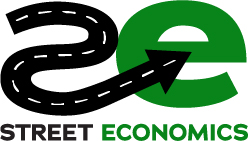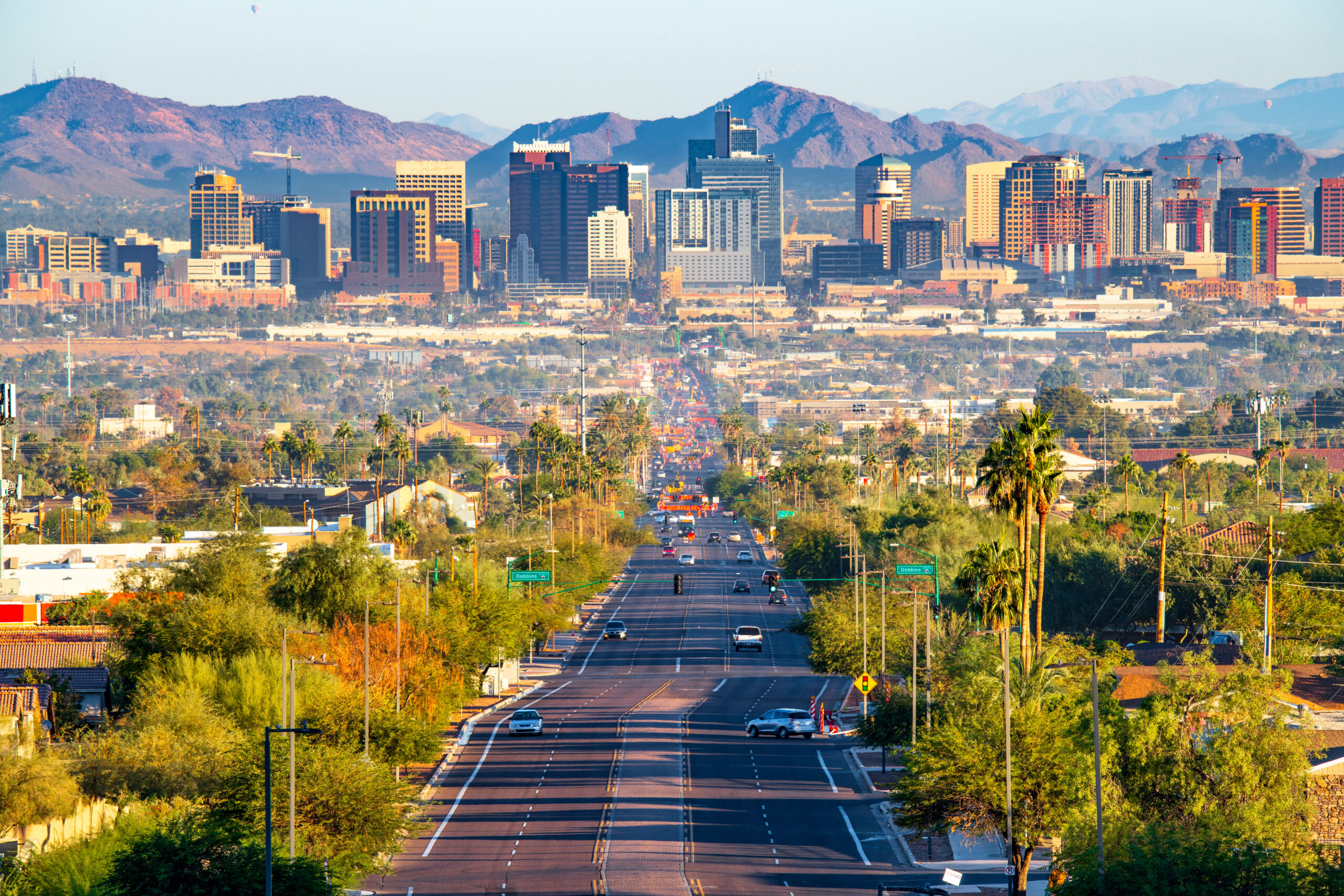While Halo Vista presents impressive economic and community-building opportunities, there are several potential risks and challenges that economic developers and local stakeholders should approach with caution:
- Dependence on a Single Industry: Concentrating so heavily on the semiconductor industry could create economic vulnerability if the global semiconductor market experiences downturns or shifts, as happened with the tech sector in the early 2000s. Diversifying the types of companies and sectors attracted to the area—such as research and development, design, and advanced manufacturing—would help mitigate this risk and provide a buffer against sector-specific economic fluctuations.
- Pressure on Housing and Infrastructure: The project’s scale and the influx of new residents could strain local housing and transportation infrastructure, potentially driving up housing costs and increasing traffic congestion. Local governments will need a proactive housing strategy to ensure affordability and accessibility for diverse income levels. Additionally, public transportation and road networks may need upgrades to handle the anticipated 80,000 associated jobs, requiring significant planning and investment to avoid congestion and maintain quality of life.
- Water and Environmental Sustainability: Phoenix’s arid climate raises concerns about water usage, especially for a manufacturing process as resource intensive as semiconductor production. Ensuring TSMC and the surrounding development use sustainable water practices, such as water recycling and conservation initiatives. Local authorities may need to establish clear guidelines and incentives for sustainable practices to mitigate environmental impacts and align with regional sustainability goals.
- Regulatory and Community Integration Risks: Large-scale projects can sometimes face regulatory bottlenecks or opposition from local residents concerned about changes in the community’s character. TSMC and developers will need to engage proactively with the community and maintain transparency in development processes to minimize resistance. Developing “third places” such as community centers, parks, and public venues can also enhance community buy-in by integrating the development within the existing community fabric.
- Quality of Life and Retention of Talent: Attracting talent is only half the battle; retention depends heavily on quality-of-life factorsbeyond jobs and housing. Creating public spaces, ensuring safety, and fostering a sense of community are critical to making this development attractive over the long term. If Halo Vista becomes too corporate or isolating, with limited amenities or cultural spaces, it may struggle to retain the talent it seeks to attract.
- Long-Term Viability of the Mixed-Use Model: Although the mixed-use model is attractive, economic developers should monitor whether demand materializes across all sectors (e.g., residential, retail, office). Economic downturns or fluctuating demand could lead to vacant office or retail spaces, potentially creating a less vibrant environment. Flexible zoning regulations that allow for adaptable uses can help manage this risk by enabling adjustments to meet changing market needs.
Why This Matters: These cautionary areas remind us that successful economic development is about balancing immediate opportunity with sustainable growth. Proactively addressing these challenges can help ensure that Halo Vista becomes a resilient, vibrant part of Phoenix that adapts over time, benefits residents, and remains economically and environmentally sustainable.




Comments are closed